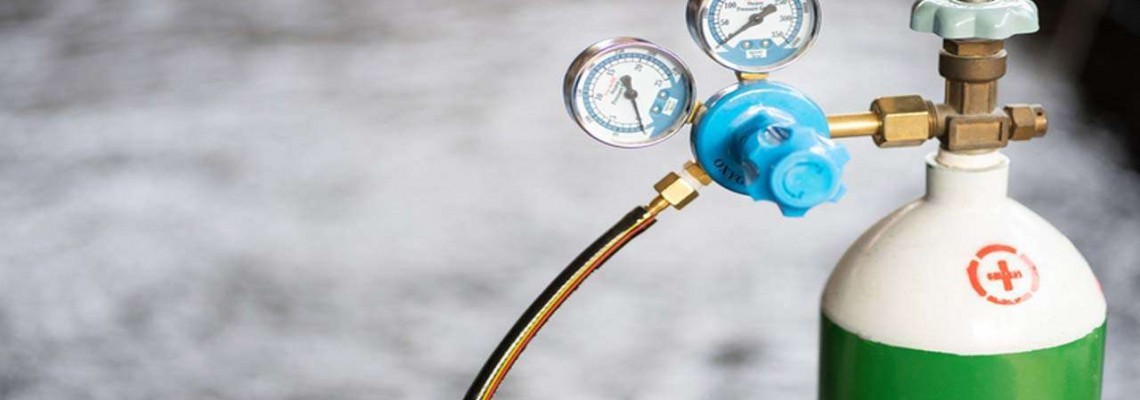
Copy from : https://timesofindia.indiatimes.com/most-searched-products/health-and-fitness/buying-guide/oxygen-concentrator-buying-guide-important-factors-to-consider-before-buying-one/articleshow/82214207.cms
Having a low blood oxygen level can be very risky and anybody suffering
from it might feel difficulty in breathing, exhaustion, and confusion,
which can directly affect your decision-making abilities. If the Oxygen
level in the blood drops way too much it can hurt the functions of vital
organs like the brain and heart.
It is in such a situation that Oxygen Concentrator comes as a
huge help. It can be really helpful for someone suffering from low
blood oxygen levels.
How Does An Oxygen Concentrator Work
The portable oxygen concentrators are a great choice for extended
travel and short-term trips, home oxygen concentrators are built for
long-term use at home. The oxygen concentrators work by separating
oxygen molecules in the air from the nitrogen molecules to form a
concentrated gas made up of 90–95% pure oxygen. Normally, the air we
breathe is made up of 79% nitrogen and 21% oxygen. Home oxygen
concentrators flip that ratio on its head to create a gas that is almost
pure oxygen for therapeutic purposes.
Also read: Top pulse oximeters that you can buy online.
How To Choose The RIGHT Oxygen Concentrator
Before buying an Oxygen Concentrator, there are certain things that you need to keep in mind such as:
- Flow Rate
Indeed one of the most important factors to consider when buying an
oxygen concentrator is to check its flow rate capabilities. Flow Rate
indicates the rate at which oxygen is able to travel from the machine to
the patient.
An ideal process is that a doctor should advise the ideal flow rate
for a patient, thus it is recommended that you discuss any potential
oxygen concentrator purchases with your doctor first.
Some oxygen concentrators may have lower flow rates (in the range of
250 to 750 milliliters per minute) and there are others that may offer
higher flow rates (such as the 2 to 10 liters per minute range). Since
not all oxygen concentrators provide the same range of flow rates, it is
very important that customers keep a check on the flow rate offered by
the product.
- Power Consumption
Oxygen Concentrators generally draw power from any regular wall
outlet just like any other home appliance. But, the amount of energy
this device uses differs widely. While it is advisable to purchase the
concentrator that boasts the lowest power consumption, your oxygen
requirements, as prescribed by your doctor, might lead you to a device
that consumes a bit more power. Besides, there are some models that come
with an option of working on consumer-grade batteries as well, which is
helpful if the power goes out.
- Portability
Another important aspect for you to look out for is how mobile you
will need your concentrator to be. Oxygen concentrators can range
significantly in size and portability.
There are some units that are high-powered and designed to work hard
and provide higher flow rates, but are typically larger and heavier.
These models are often designed to deliver higher flow rates, and are a
great solution for in-home use.
Then there are others that are much more portable, typically
weighing between 2 to 4 kgs. These portable oxygen concentrators
sacrifice higher flow rates in order to be significantly easier to
transport and use while out and about. This makes them the perfect tool
for patients who do not require high oxygen flow rates.
- Oxygen Concentration
After being compressed and filtered within the concentrator, the
oxygen that is delivered to the patient has a particular percentage of
pure oxygen content. This value is referred to as the oxygen
concentration. This level of oxygen concentration is affected by the
design of the filtration system included in the particular oxygen
concentrator, as well as the effectiveness of the concentrator’s
nitrogen-removing sieve system.
Though the major chunk of oxygen concentrators have a concentration
value between 87 to 99 percent, this value can vary between oxygen
concentrators. Typically, higher-powered products that are designed for
patients who require high oxygen flow rates are also capable of
providing higher oxygen concentrations, whereas lightweight, portable
oxygen concentrators for patients on the go do not usually require the
highest oxygen concentrations.
Also read: Popular nebulizers that are apt for kids and adults
- Noise Level
Home oxygen concentrators work by drawing in air from the
environment and filtering out the oxygen—which can produce some noise at
times. If you are sensitive to noises, you might want to consider a
concentrator that operates silently. The concentrators on this list
range anywhere from 40–58 decibels of sound. For context, 40 dB is
equivalent to bird calls or the ambiance of a standard library. On the
other hand, 60 dB is equivalent to a close conversation or a running air
conditioner.
- Warranty
Just like any appliance, the oxygen concentrator will have a
warranty. However, each manufacturer has a different warranty policy.
Since these devices are built to last a long time, it is a good idea to
review the warranty policy beforehand to make sure you get every bit of
functionality you are paying for.
Conclusion
Oxygen concentrators can be life
saving appliances and are invaluable for its convenience and effective
delivery of oxygen to those patients who cannot get enough on their own.
These devices utilize the ambient air in any room to filter, process,
and compress, then ultimately deliver purely oxygenated air to those who
need it.
However, before buying one or using
one yourself you are advised to consult a doctor. A professional doctor
will be the right person to guide you through its needs and usage.
DISCLAIMER: The Times of India's journalists were not involved in the production of this article.
- What is the price of oxygen concentrator?
Typically, an oxygen concentrator comes somewhere between Rs 30,000 to Rs 70,000. - How do I choose an oxygen concentrator?
While selecting an oxygen concentrator, some of the parameters that should be kept in consideration are flow rate, portability, noise, oxygen concentration, etc. - Is medical prescription needed to buy an oxygen concentrators?
Since an oxygen concentrator is a medical-grade oxygen treatment device, a medical prescription becomes mandatory to buy one. - How many hours is an oxygen concentrator good for?
Generally, the life span of a portable oxygen cylinder is somewhere between 1,500 hours to 2,000 hours.


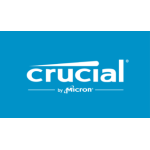
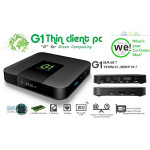

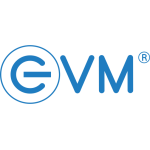



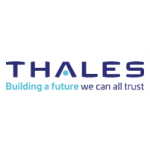




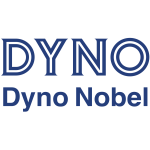
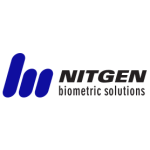


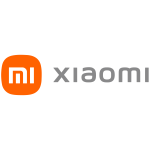
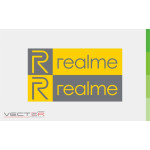
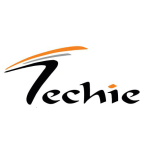
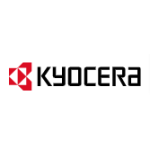


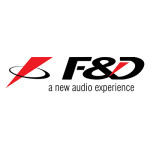
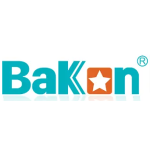

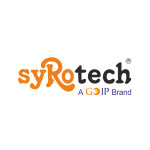
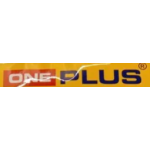
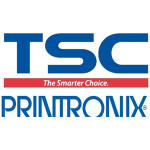
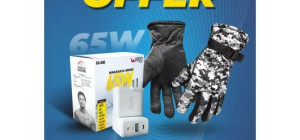

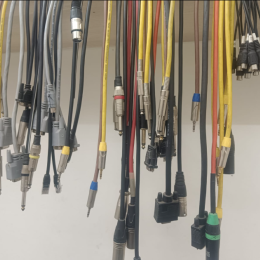
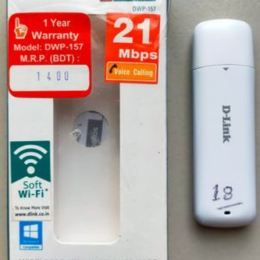
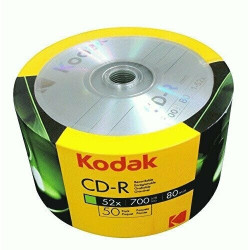
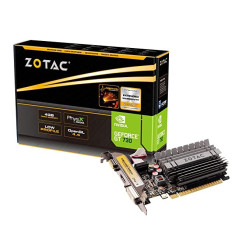
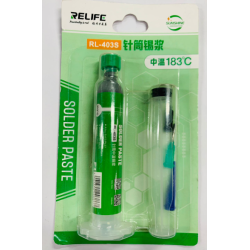
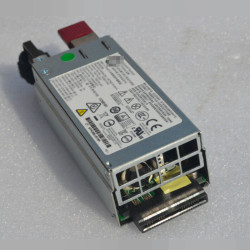

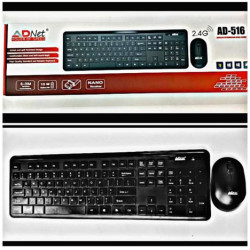
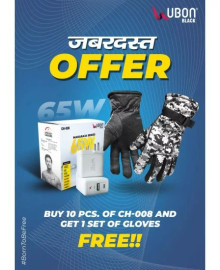



Leave a Comment